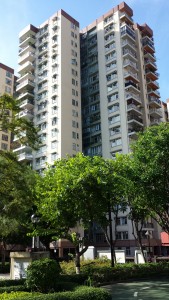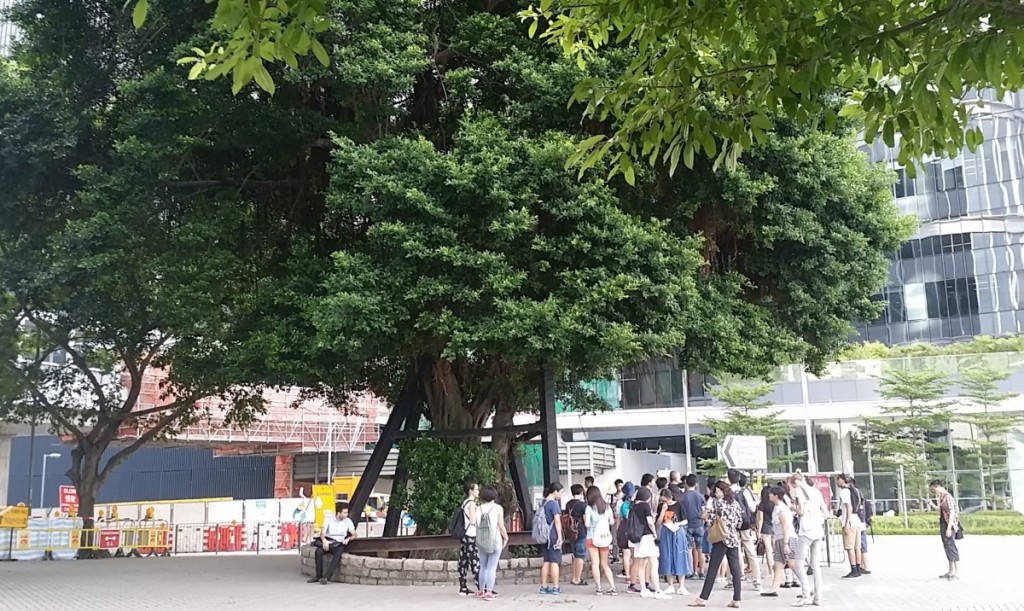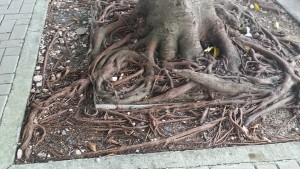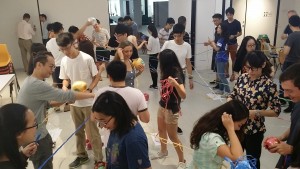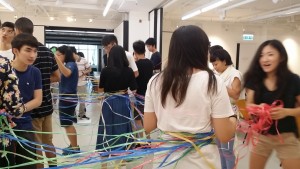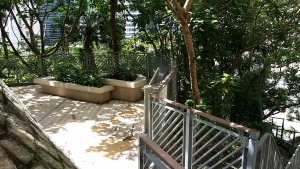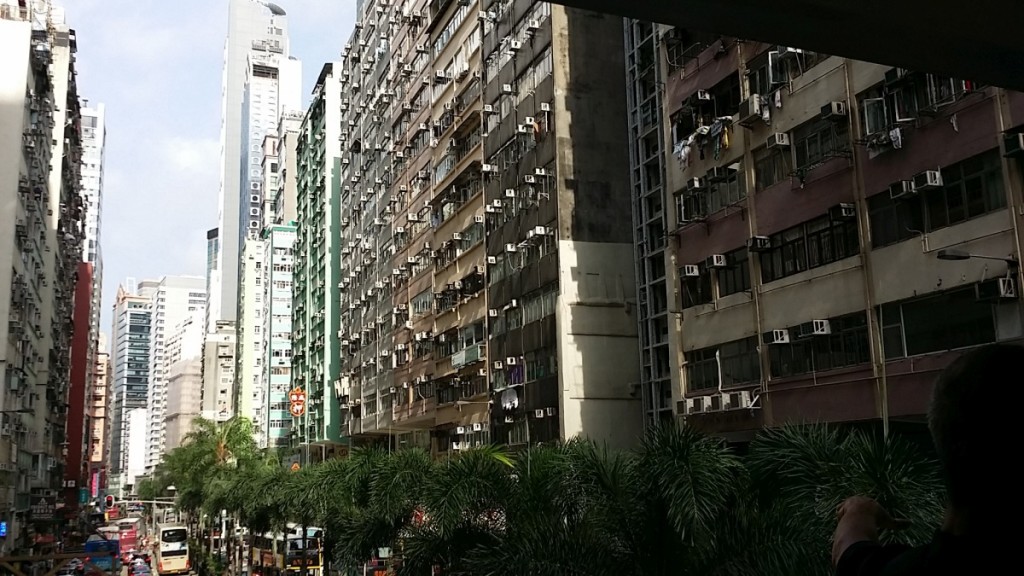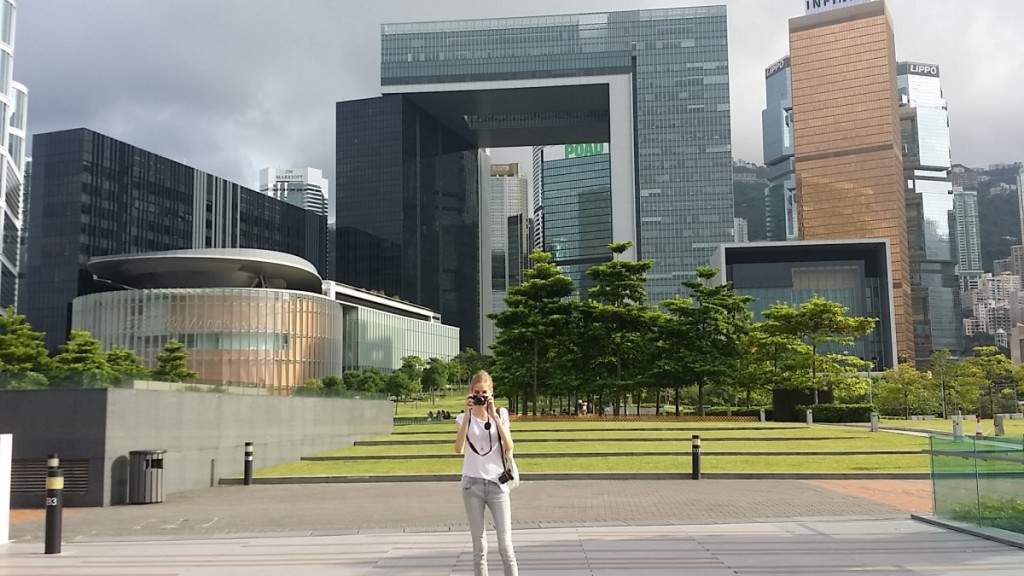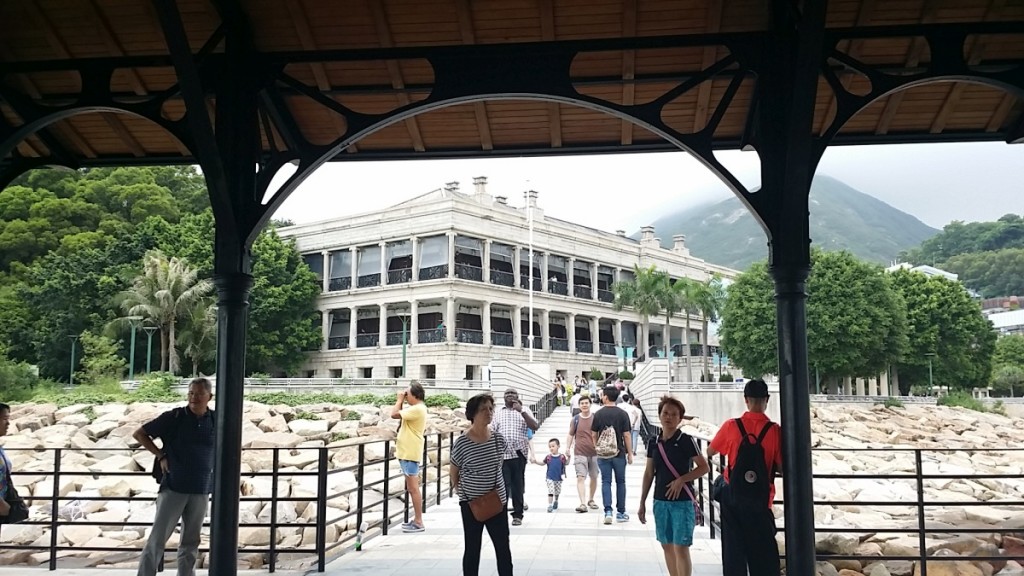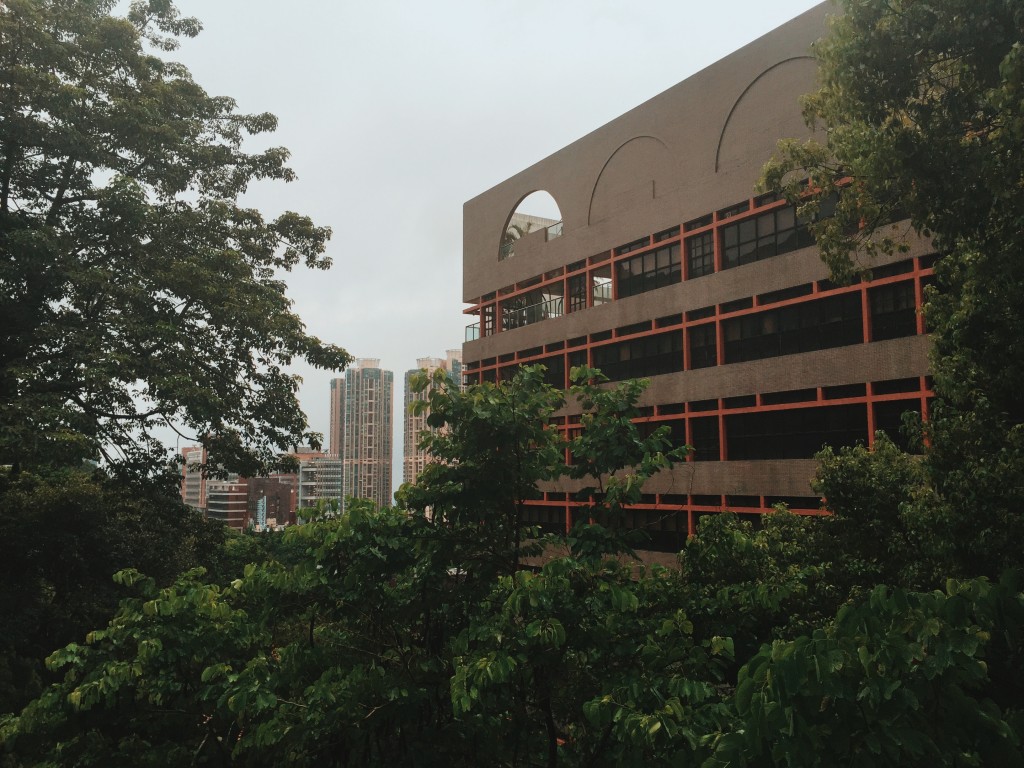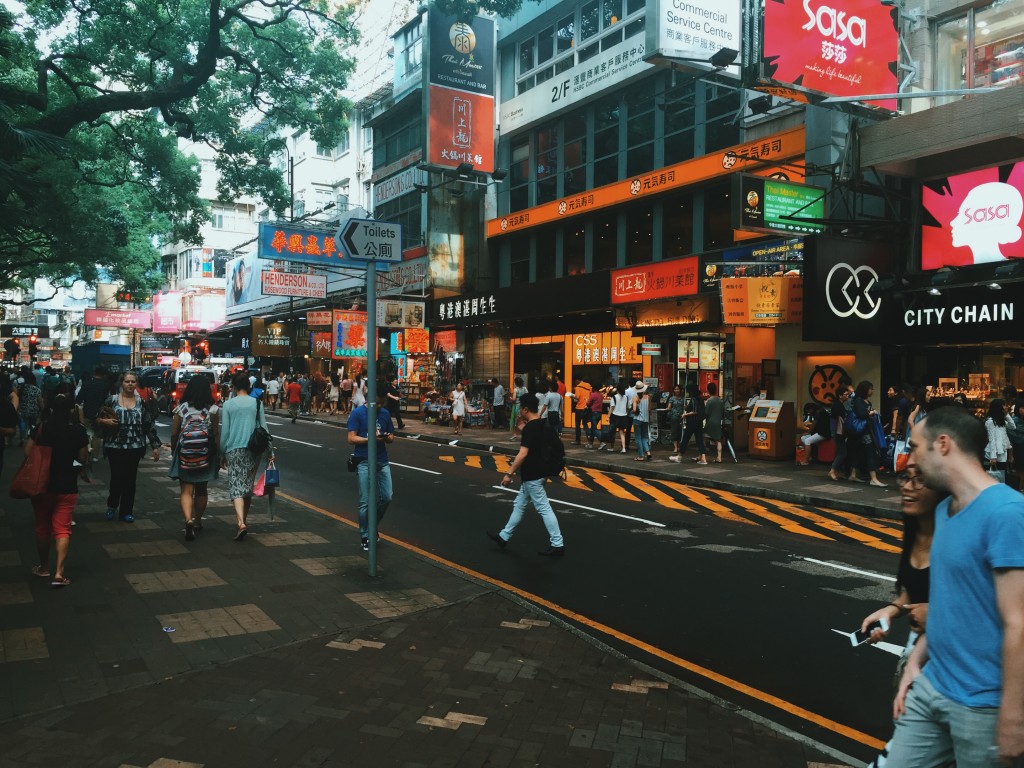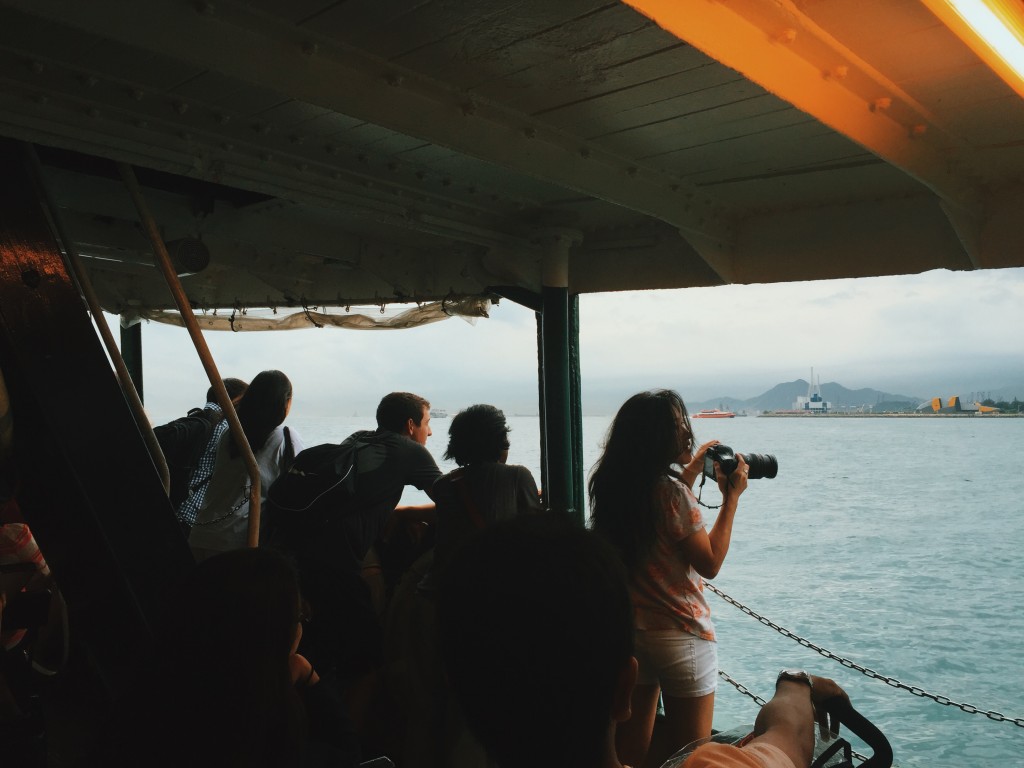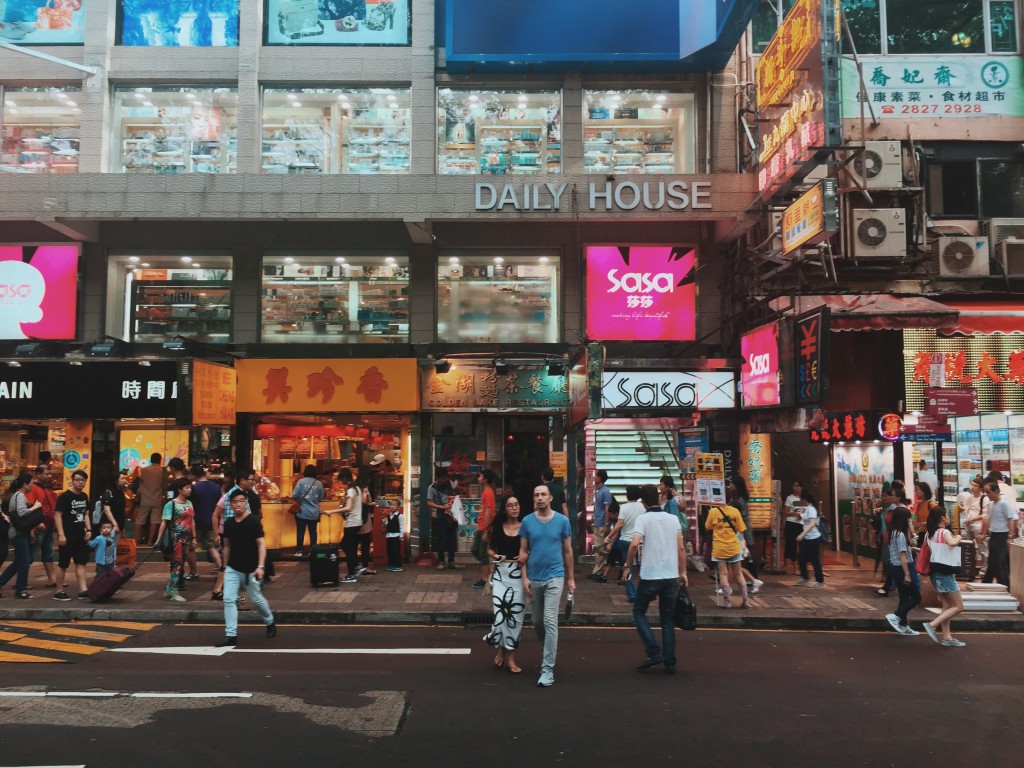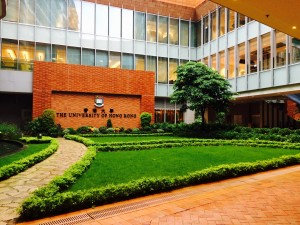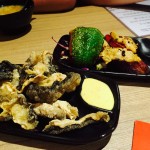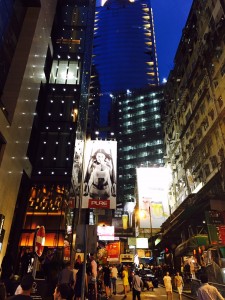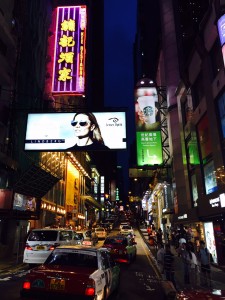Seemingly mere seconds, this past week, teeming with adventures in multiple domains, concluded with a peaceful hike up the hill overlooking the cityscape.
Throughout the week, twelve groups studied various sites through macro/micro scales in order to understand the “natural” and “synthetic” landscape. My group studied the mass private housing complex in Mei Foo. The dense structures, tight pedestrian and vehicular roads, and lack of greenery evoked a rather unpleasant initial impression towards the complex. However, as we ventured onward, we began to uncover its brilliance.
The site, originally used as Exxon Mobil’s petroleum storage site, was chosen for the existing flat land. Sudden flux in population growth demanded equally large accommodations; it is the largest mass housing project in Hong Kong, occasionally considered largest amongst the world. Despite this focus on speed and size, Mei Foo complex was still considered grand at the time. The complex provided multiple schools, health clinics, and market. The lack of interior space, although typical in Hong Kong, is well compensated through the spacious terraces on the podium level. We observed that this large open space, enclosed by the wall of buildings, acted as a backyard for the community. People would go here to walk their dog, read a newspaper, bike around the boxed plants and fountains. The elevated open space ensured safety for those gathered here, from the chaotic automobiles below. However, this separation between the road and the community spaces has its disadvantages. For example (and likely not a hypothetical one), suppose student sketching sections from the podium level finds himself fatigued and dehydrated, therefore, requiring a drink, that student must navigate towards the nearest stairwell, descend multiple floors, then look for the nearest 7- Eleven. Yet, we discovered through our interviews, that this hardly affected the lives of locals and visitors. Most of the residents expressed either indifferent or positive opinions towards Mei Foo and were rather content with spaces we found cramped or unsanitary.
On Saturday, we woke up early and boarded the Cotai Ferry over to Macau. Despite encountering some conflicts with Macau customs, it did not hamper our excitement and eagerness to explore the city. Firstly, we took a tour of Macau colonial houses, which were painted in bright teal and overlooked a beautiful expanse of marshland. After eating a wonderful traditional Portuguese meal, we walked through busy streets, filled with combating aromas and voices. Secondly, we took an adventurous (frightening) bus ride into the heart of the city; it was like stepping into another world. A composed array of new, outlandish buildings along with culturally rich vernacular structures surrounded us. While trying to reach the St. Peter’s Ruins, we were funneled through one narrow street completed filled with countless people, all shoving and pushing as we slowly inched towards our destination. To further enhance this experience, Bella broke a coconut on the steps up to the facade ruins through repeatedly smashing it on the pavement. Lastly, on top of fort/ history museum, we had a great view of the city.

